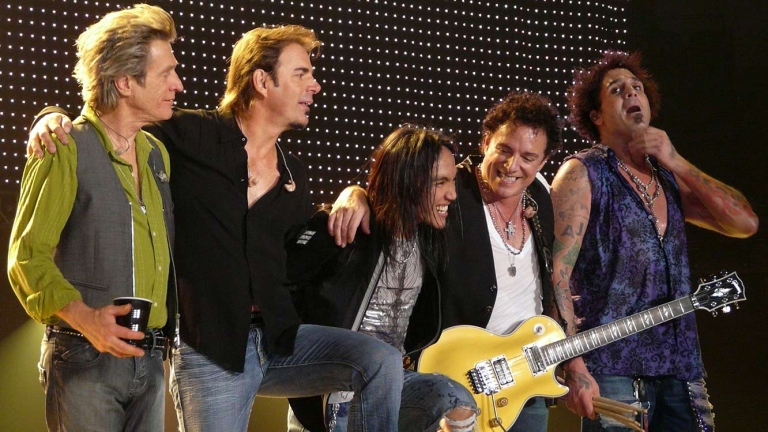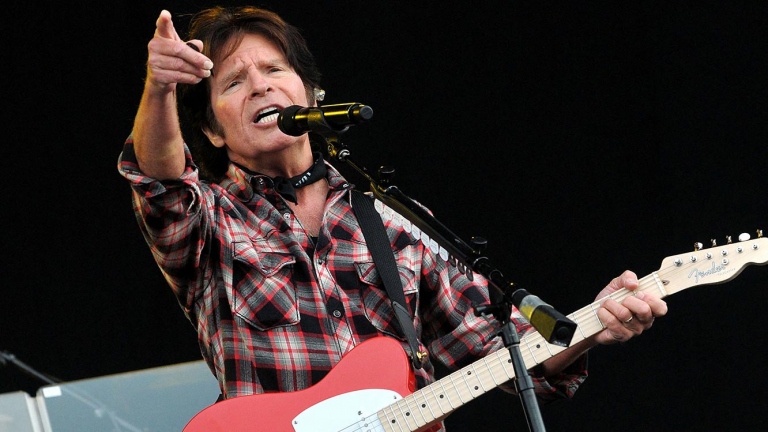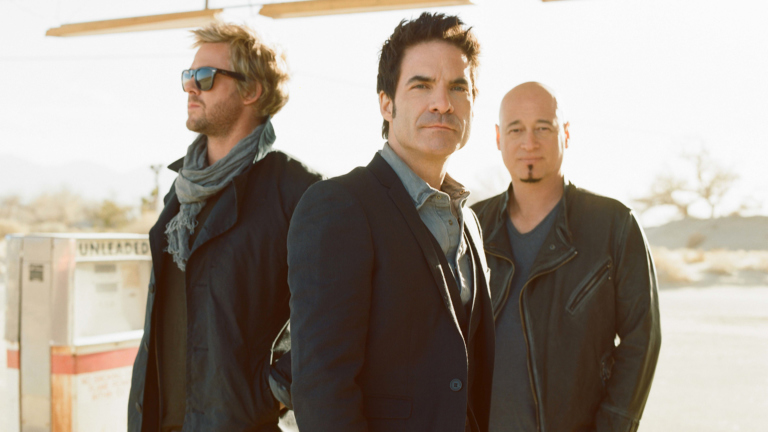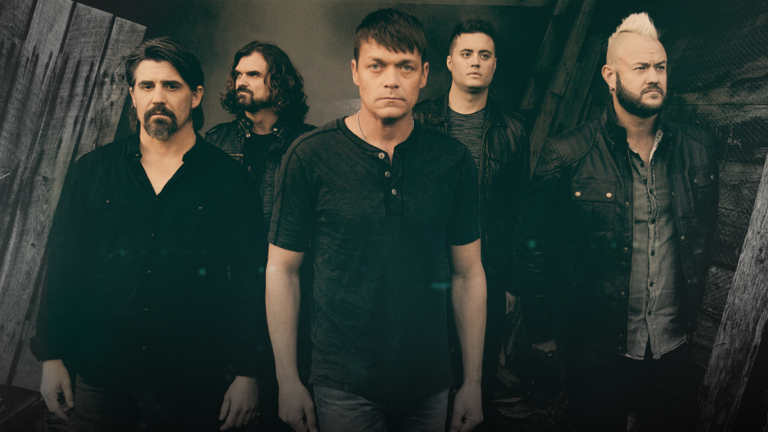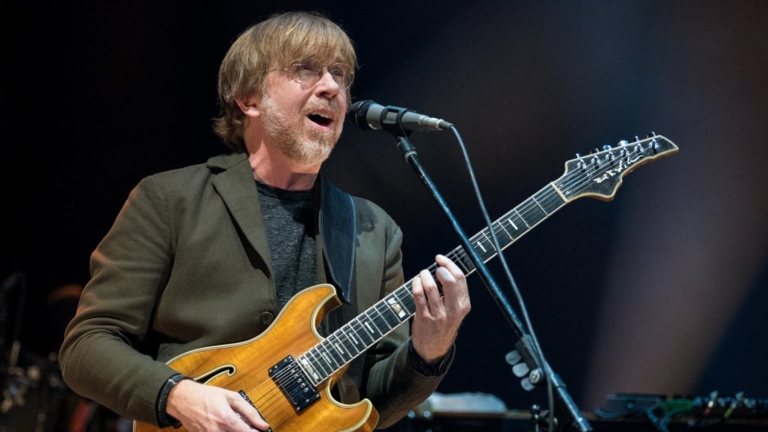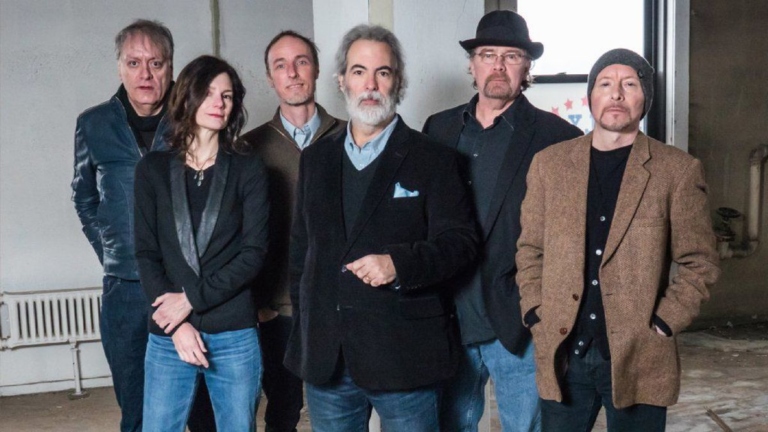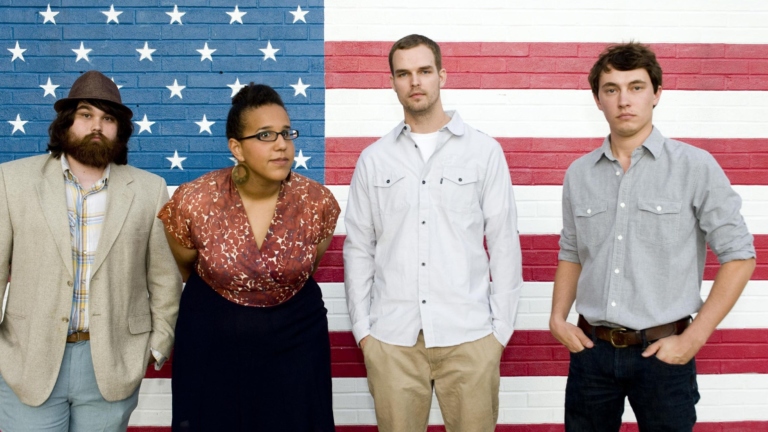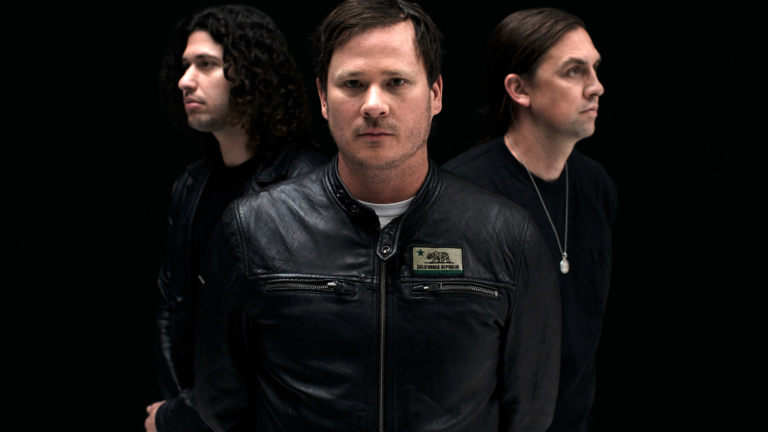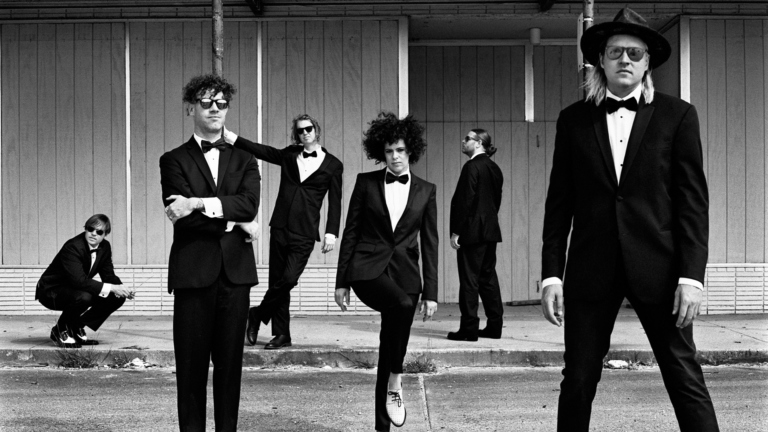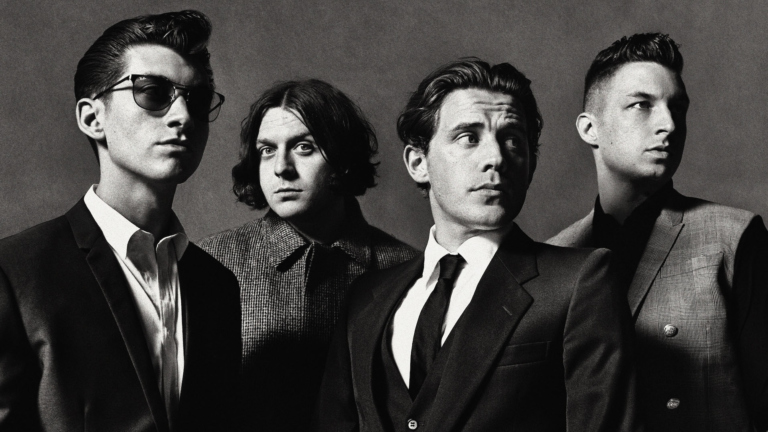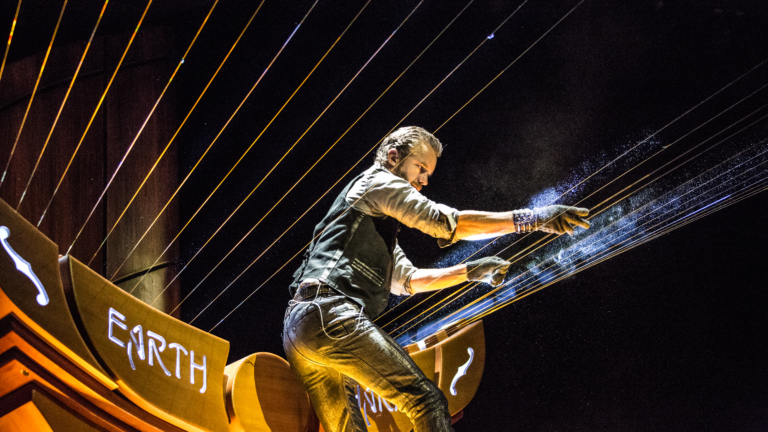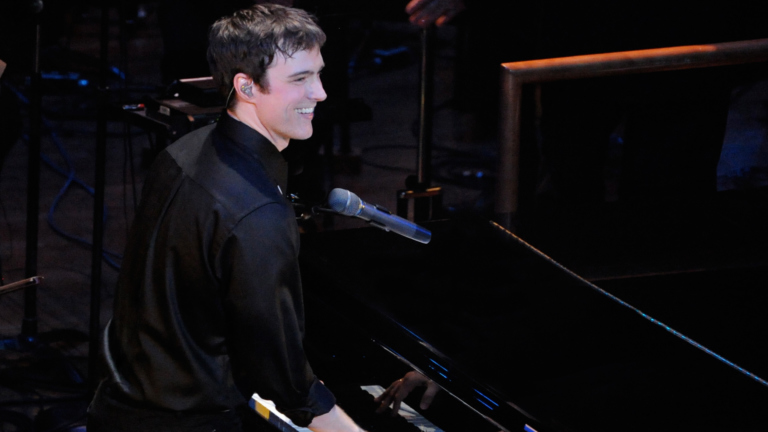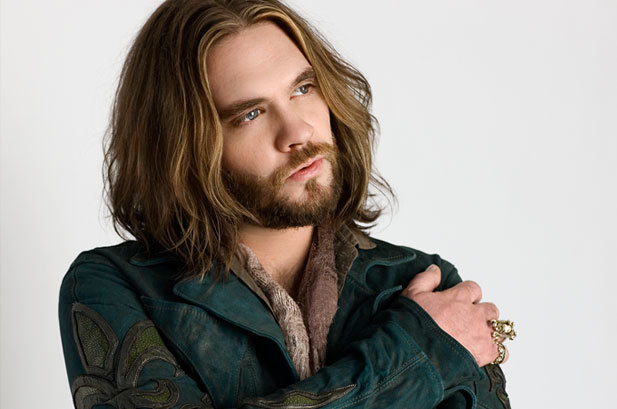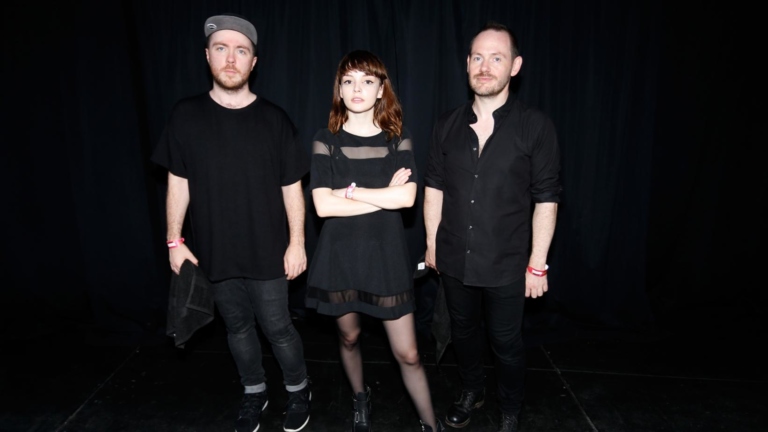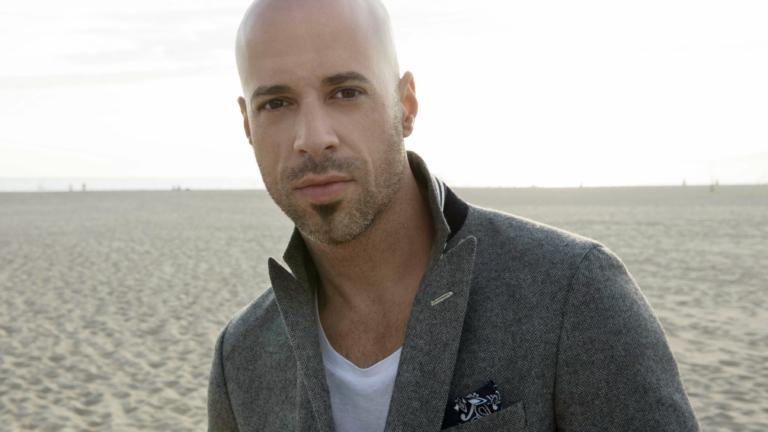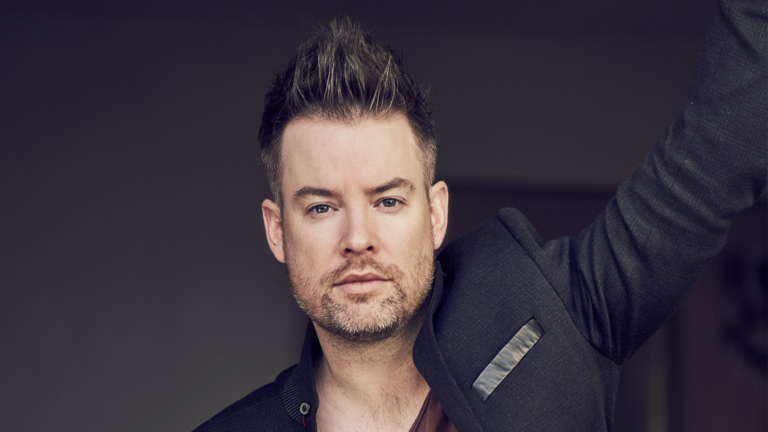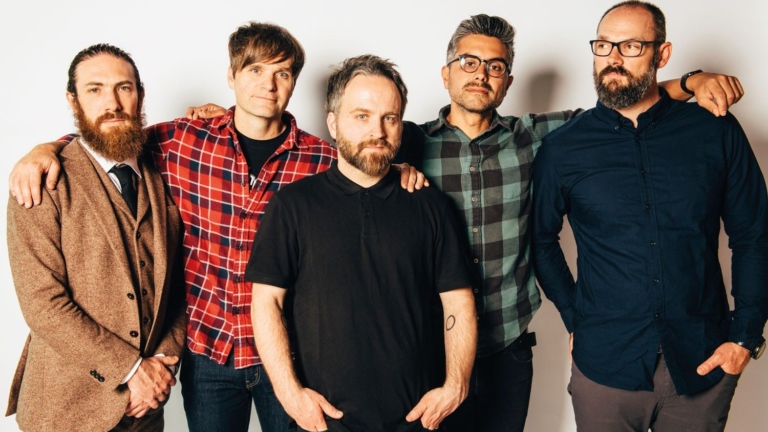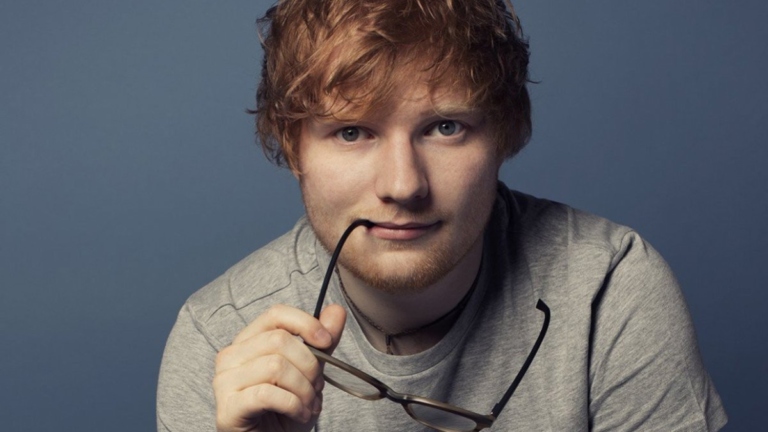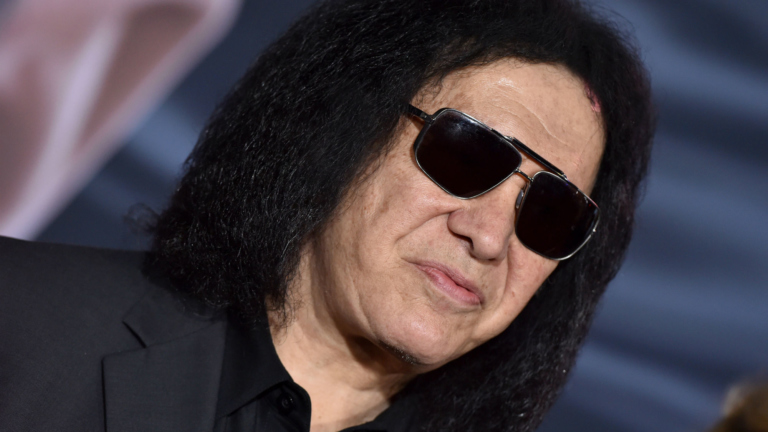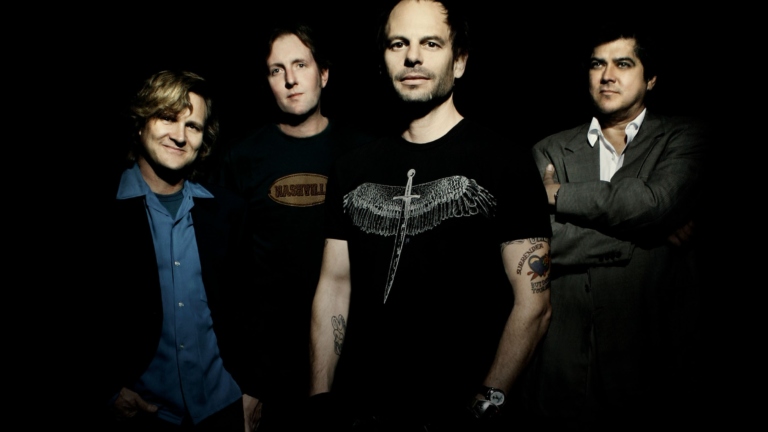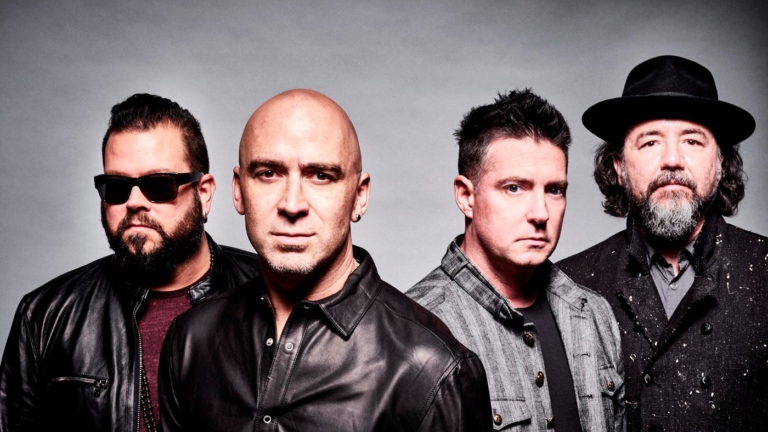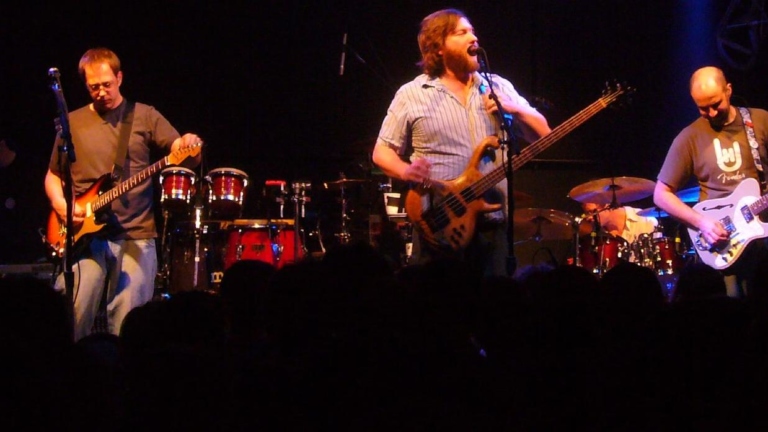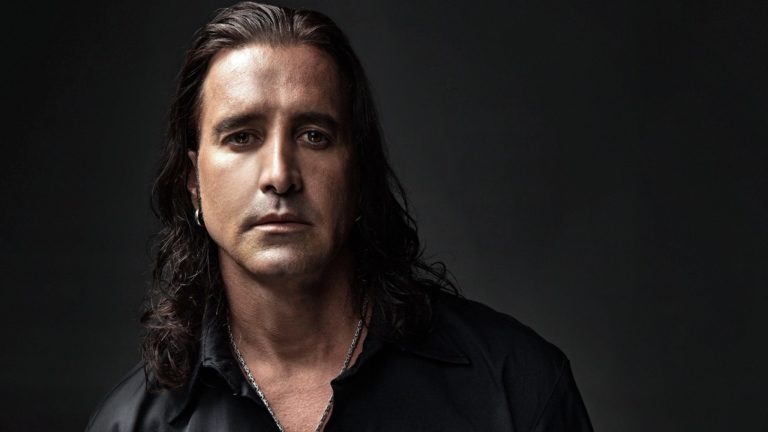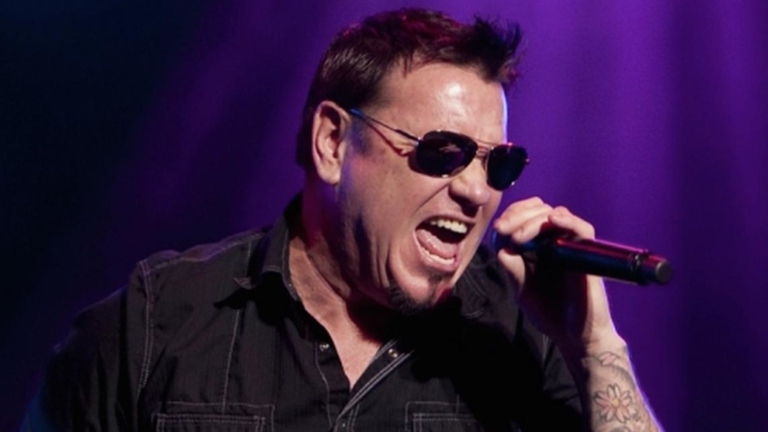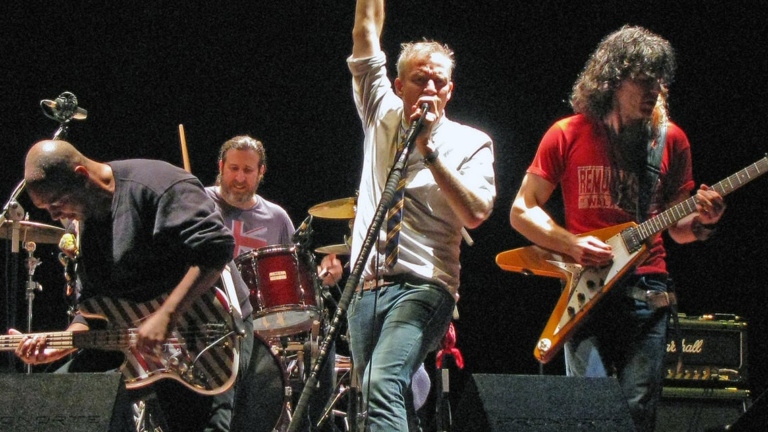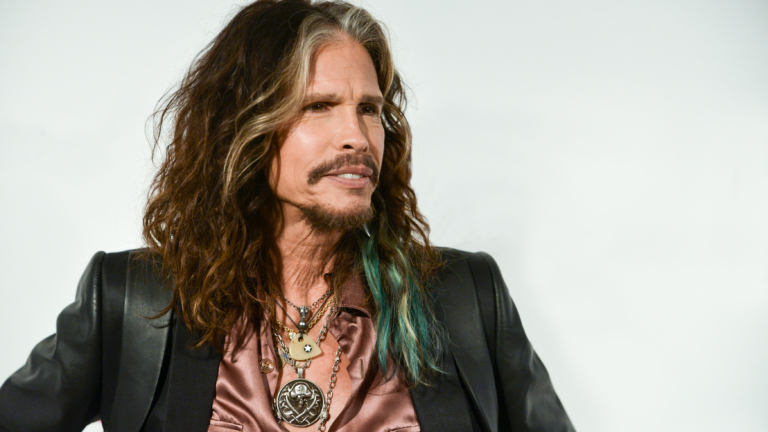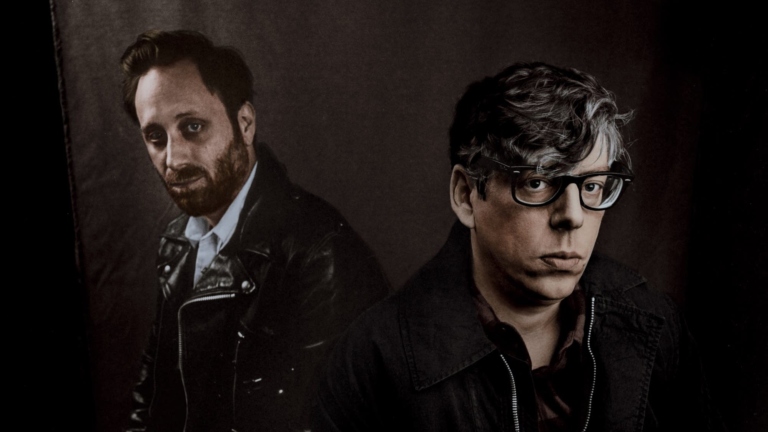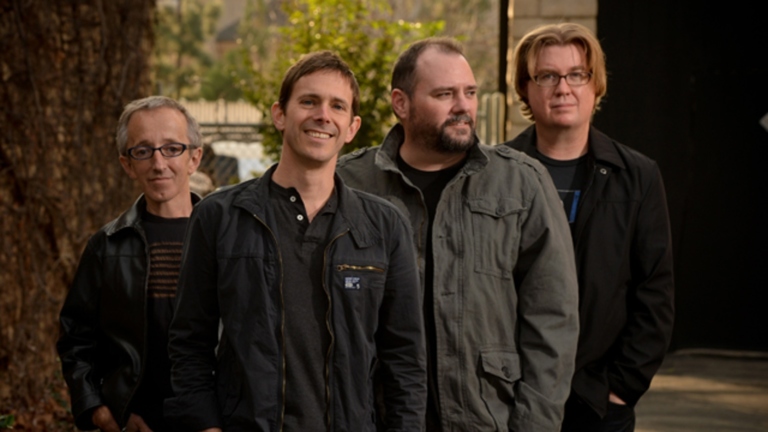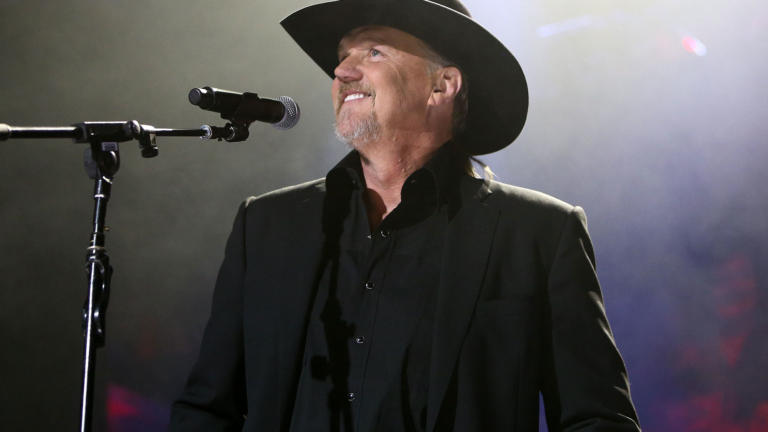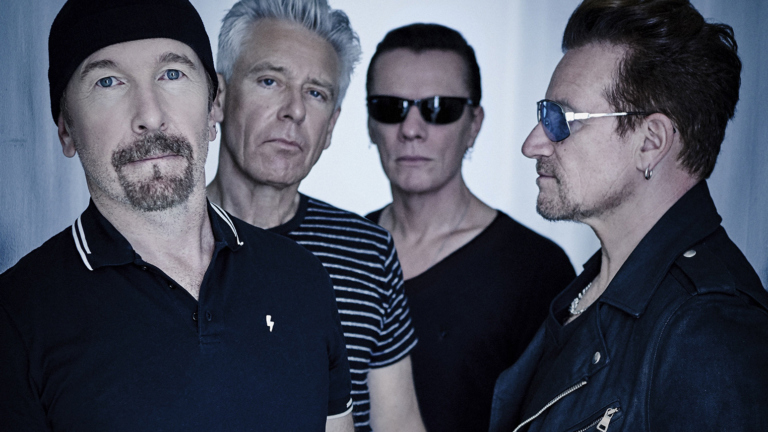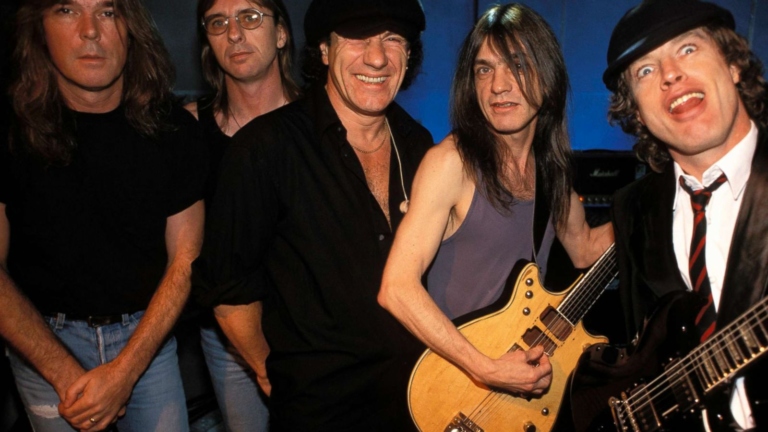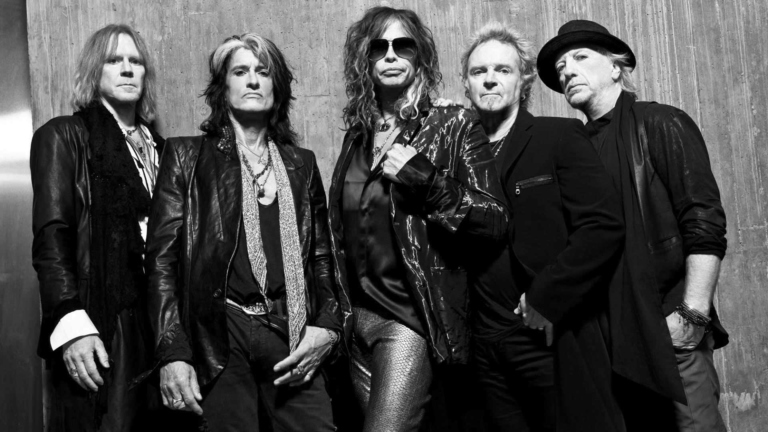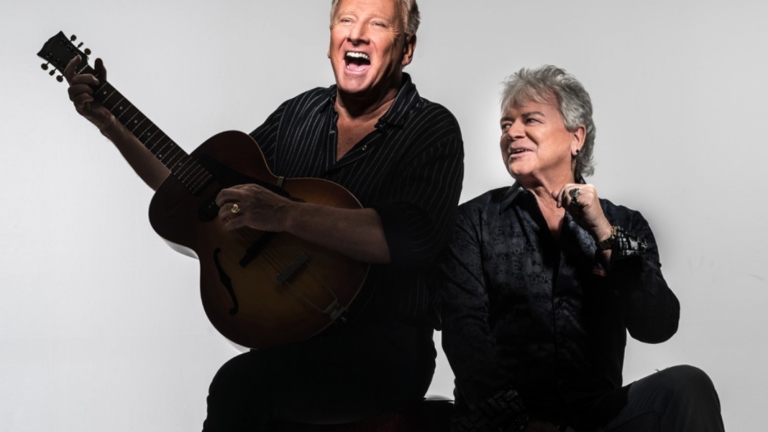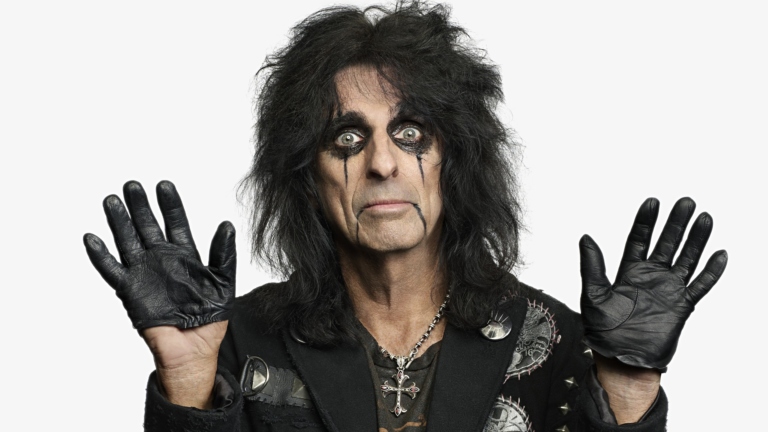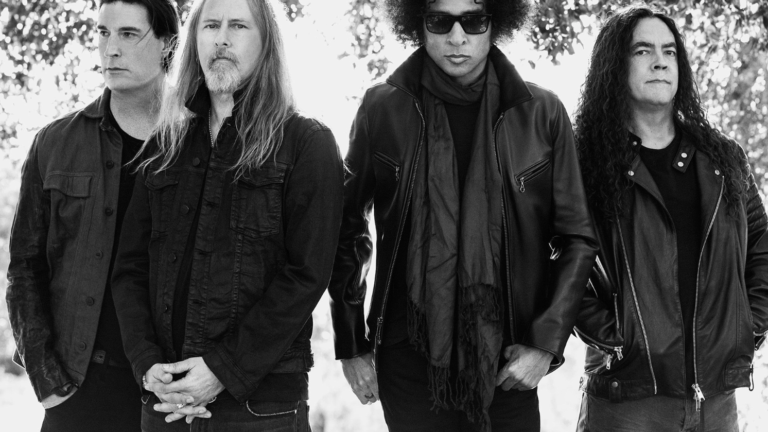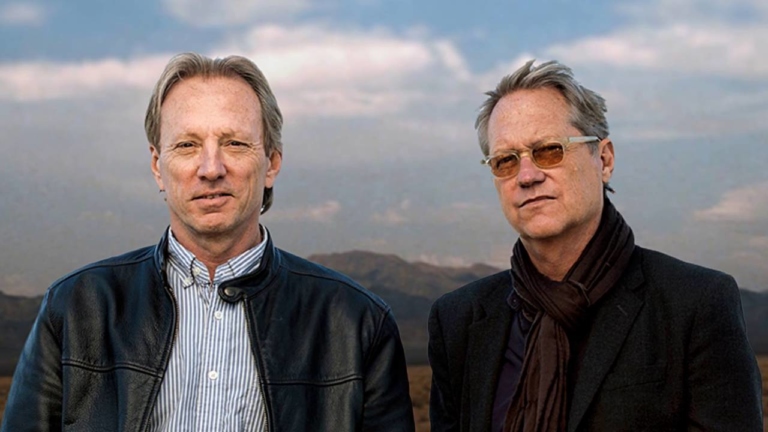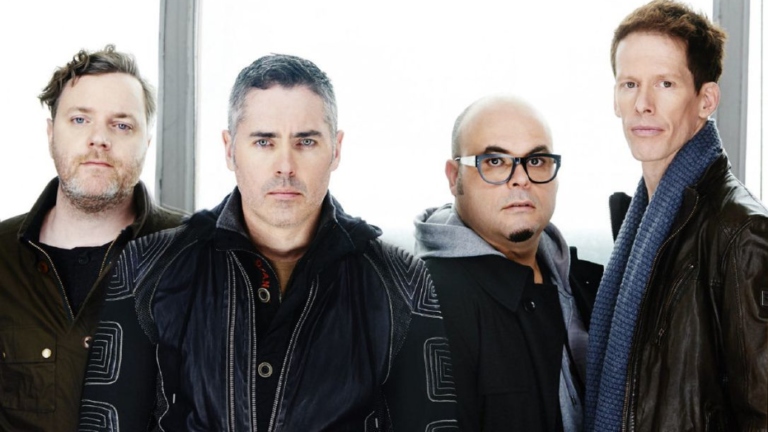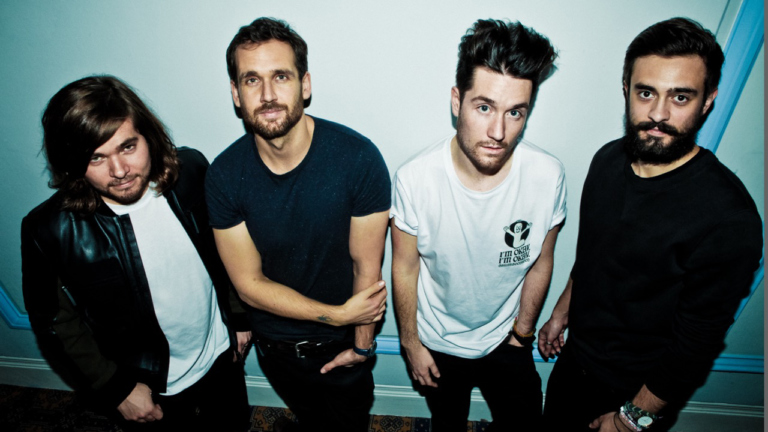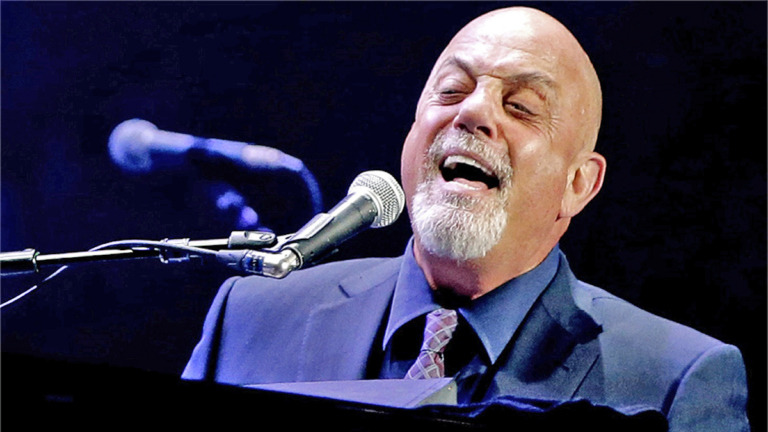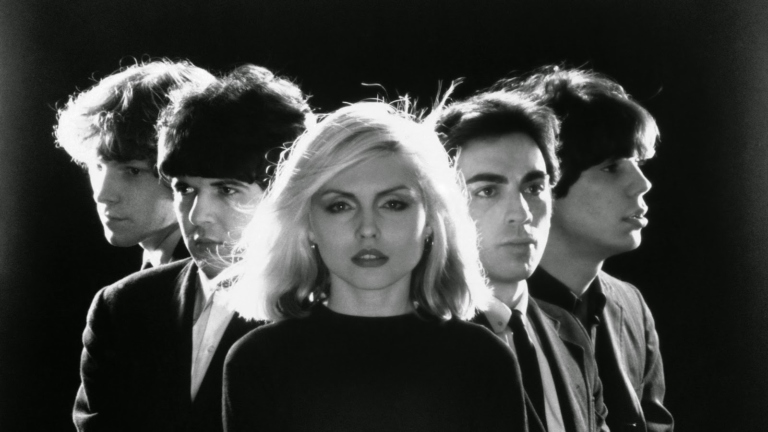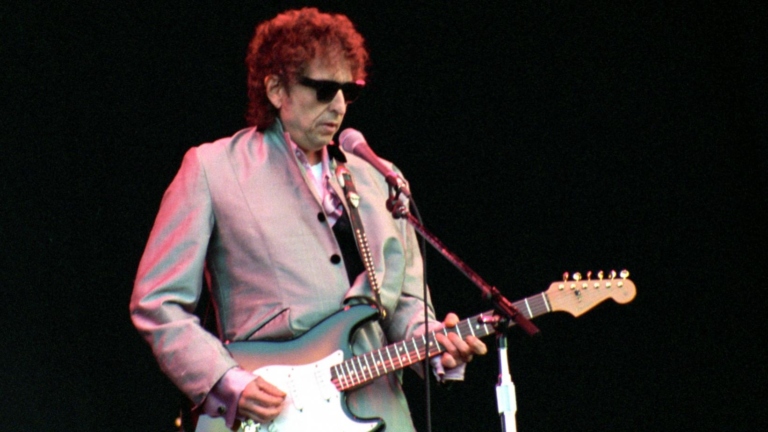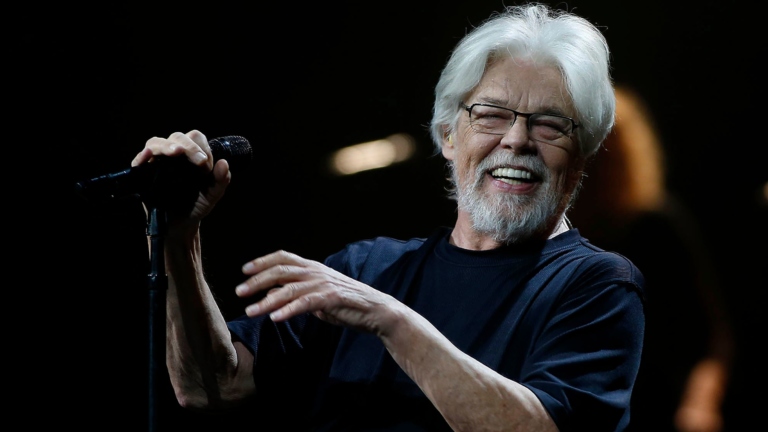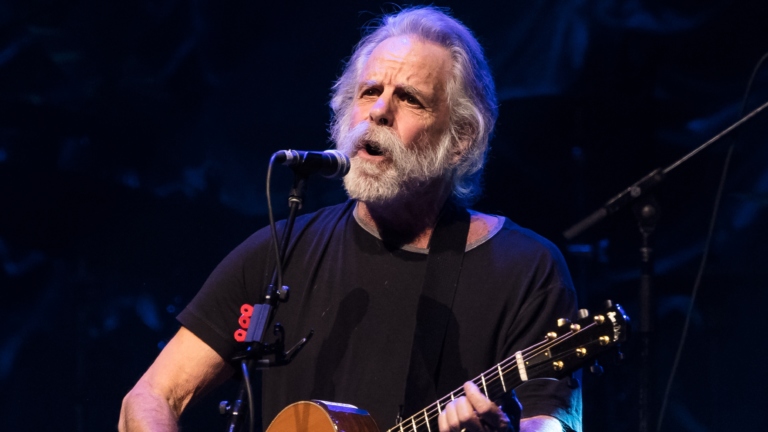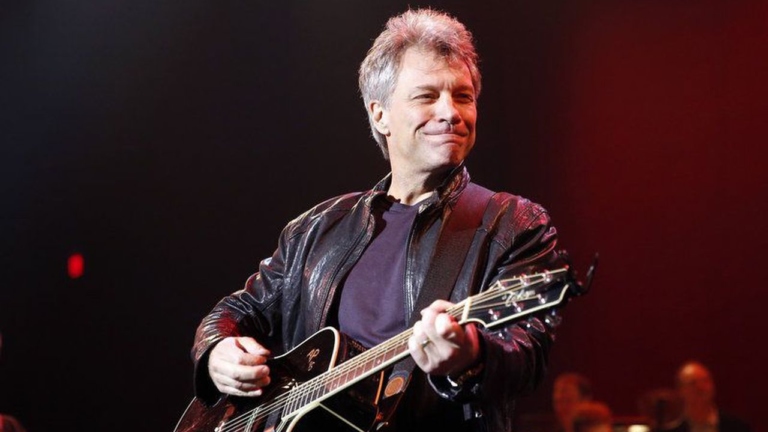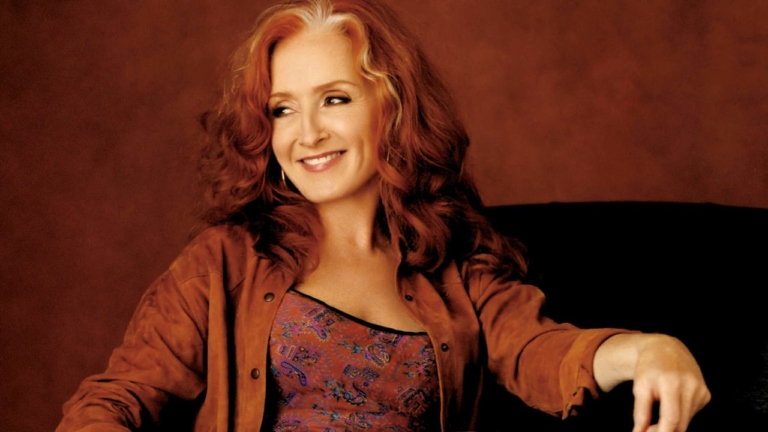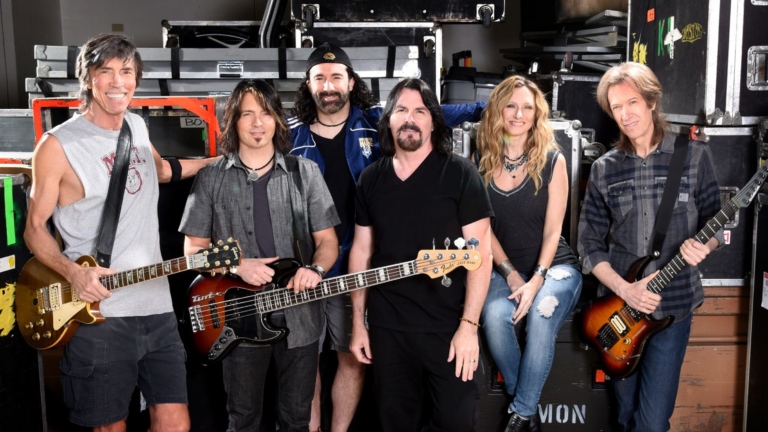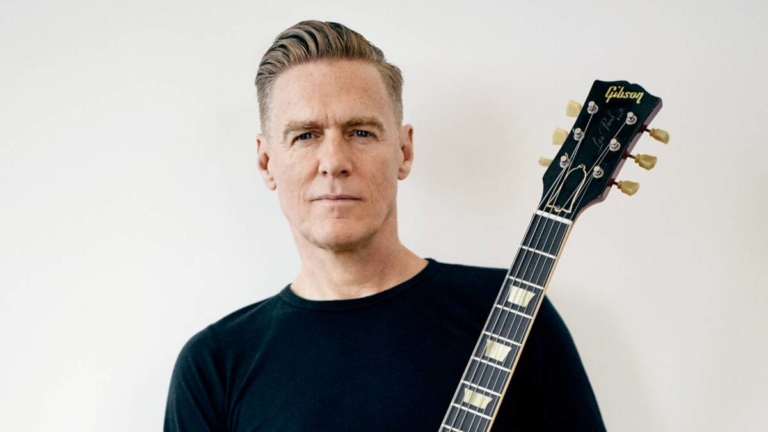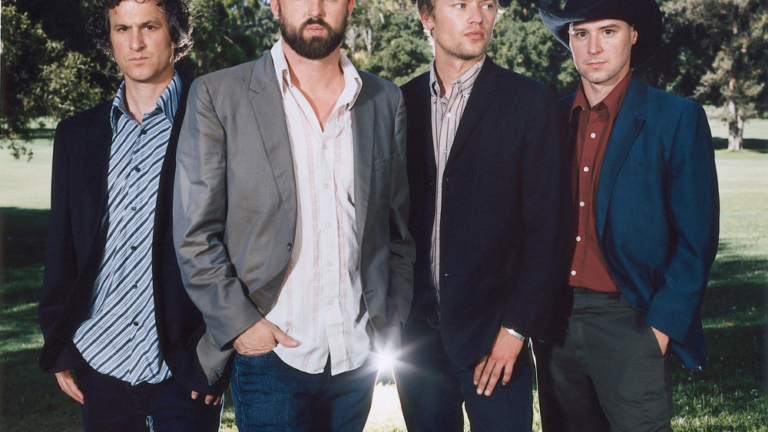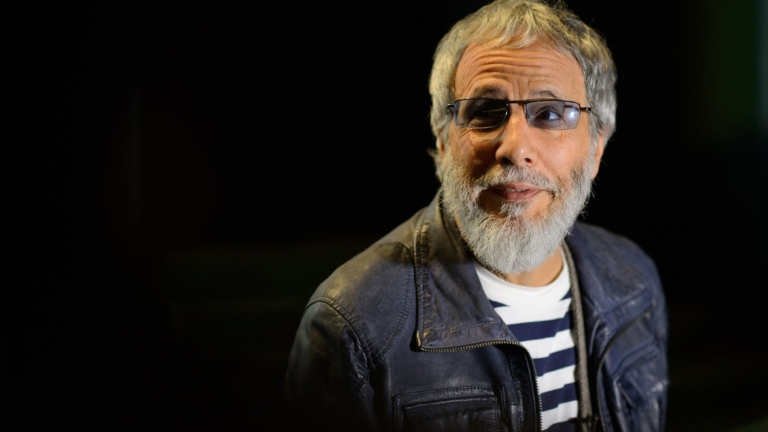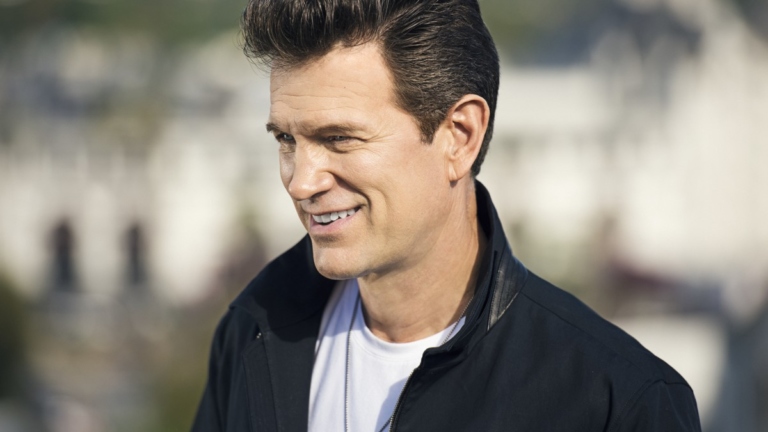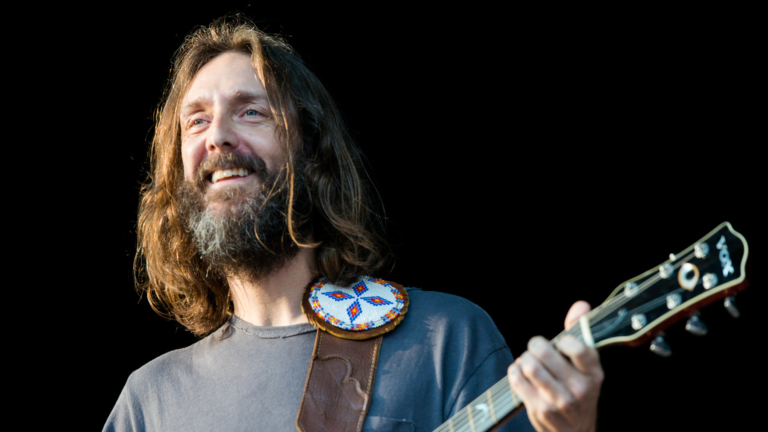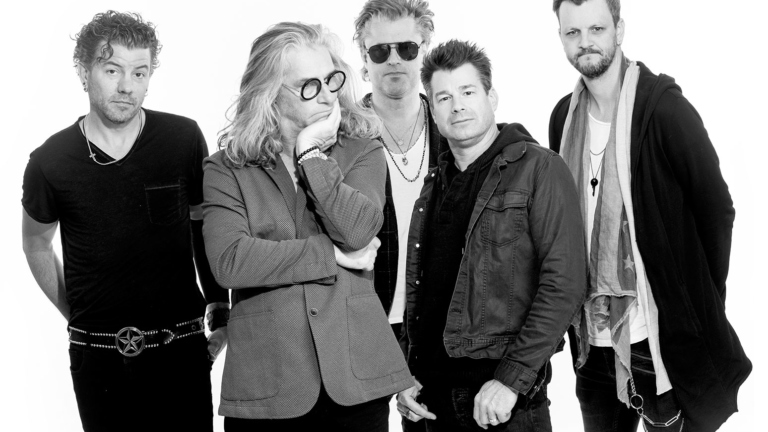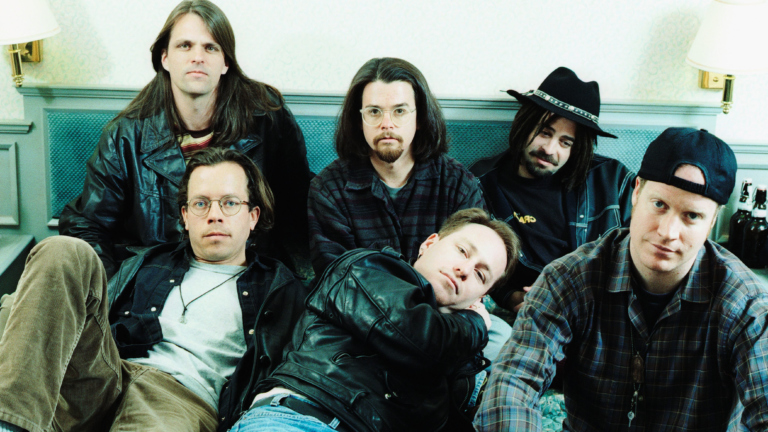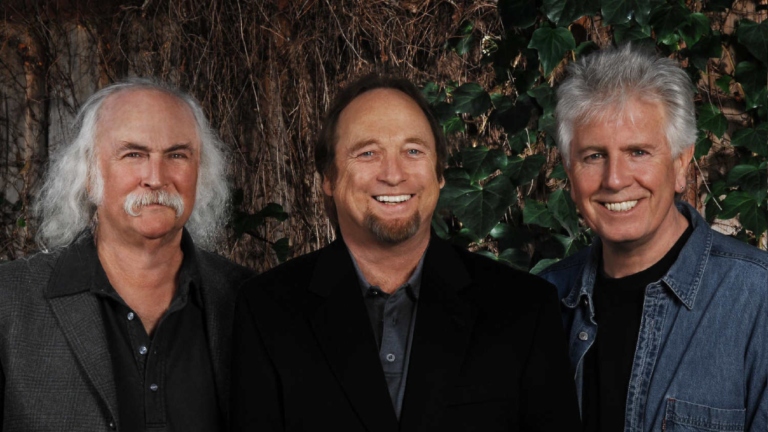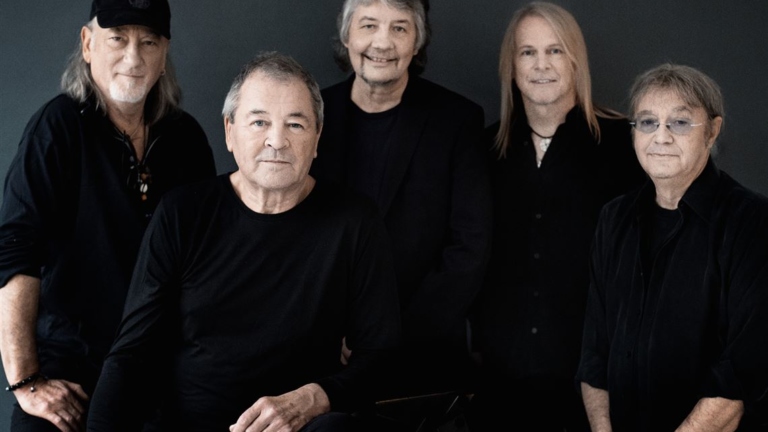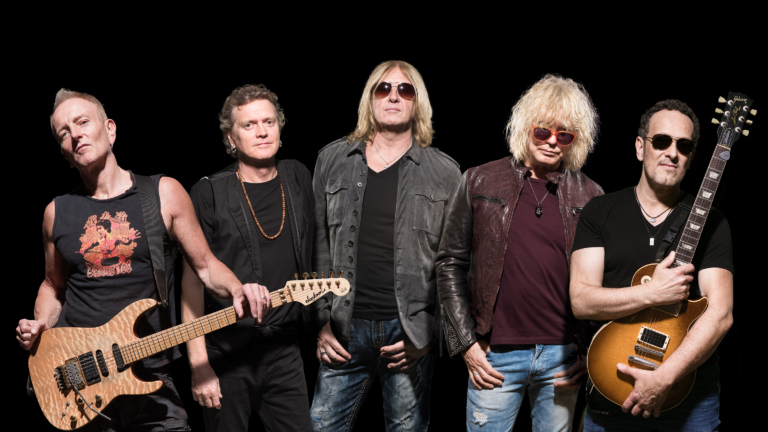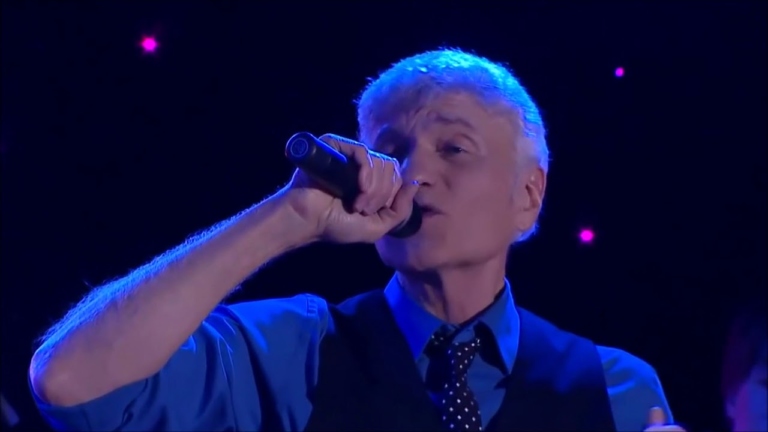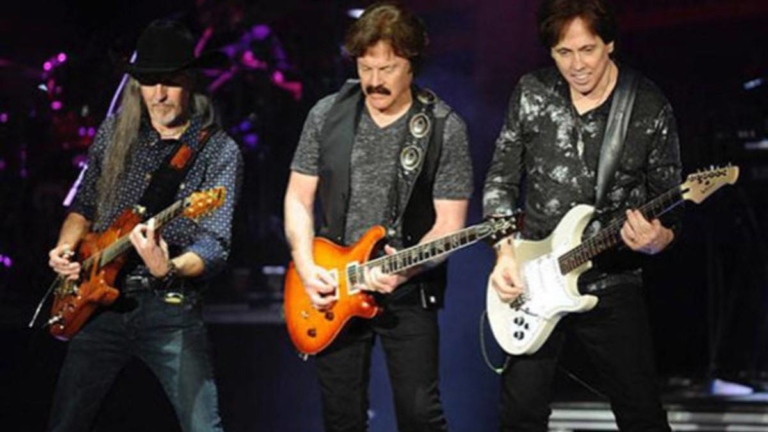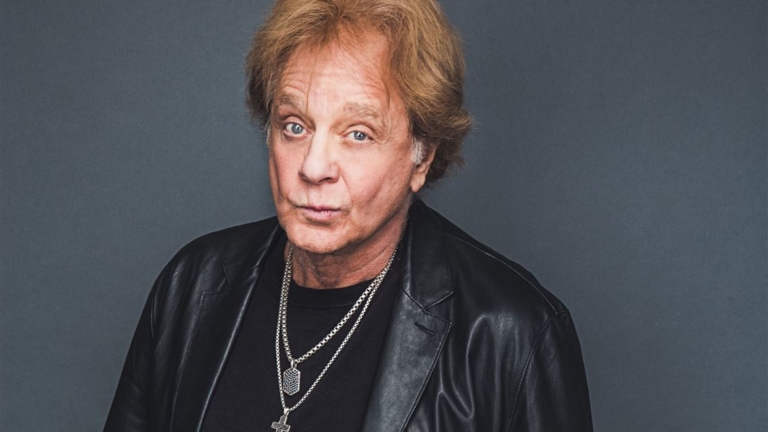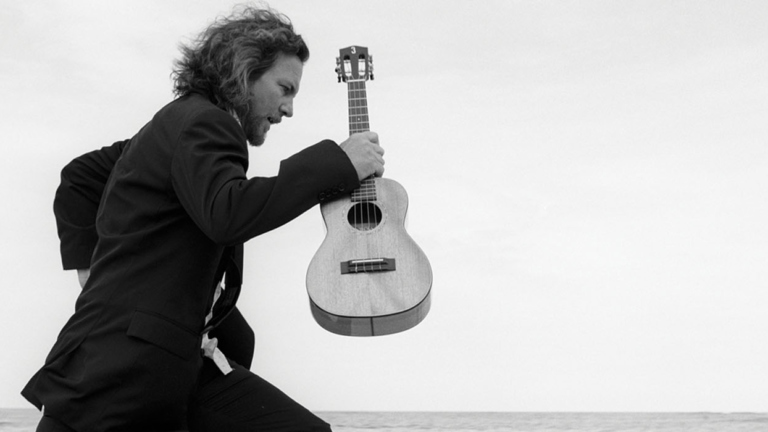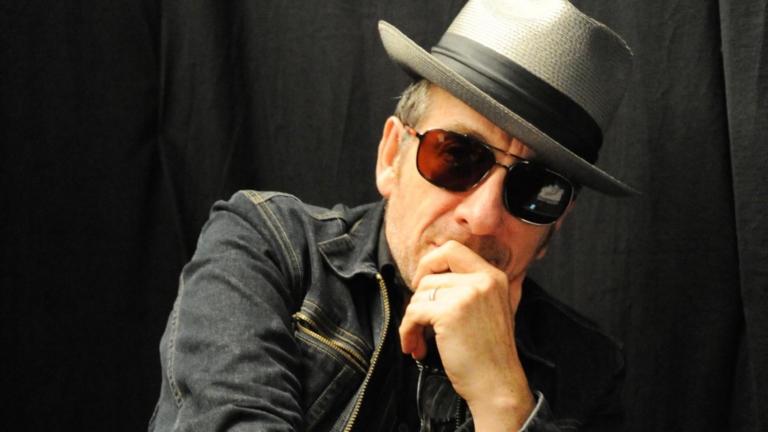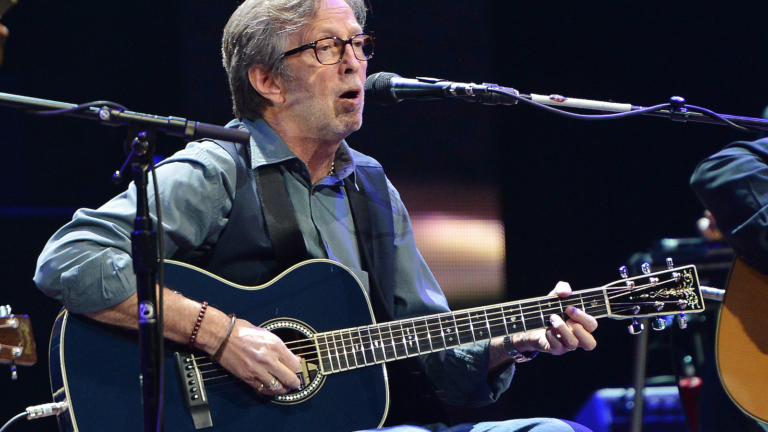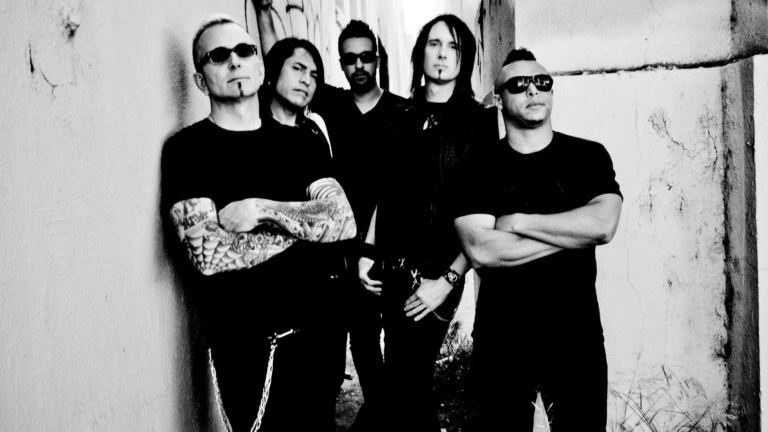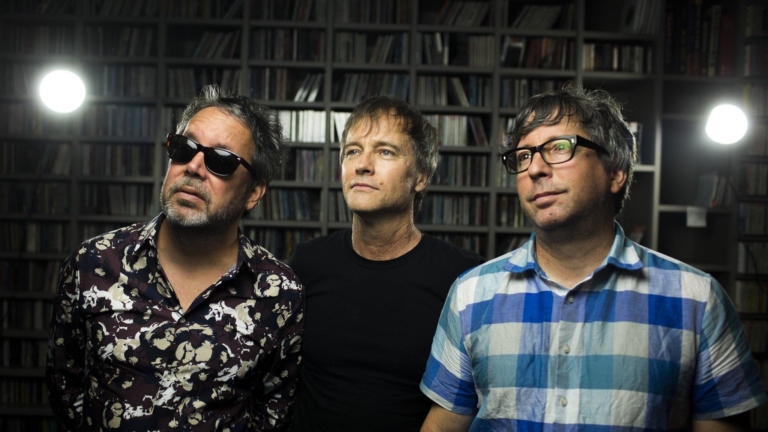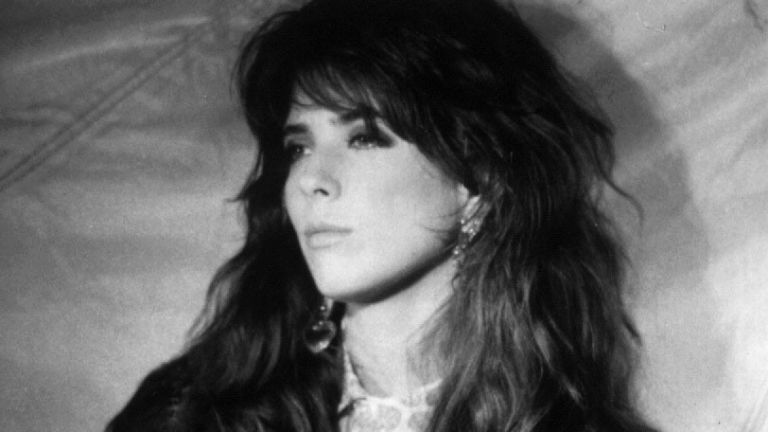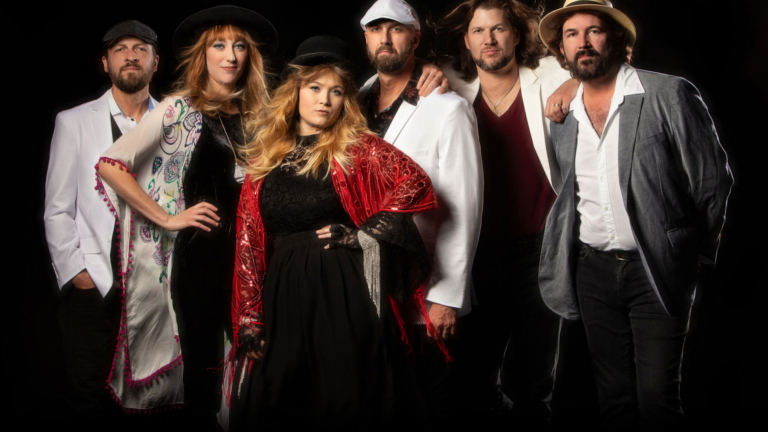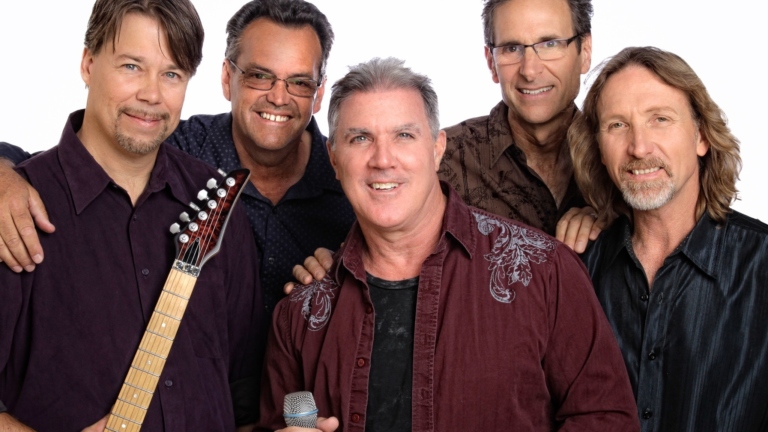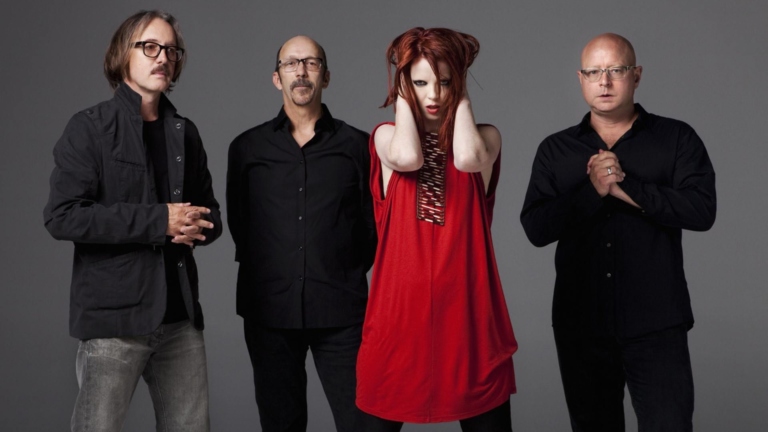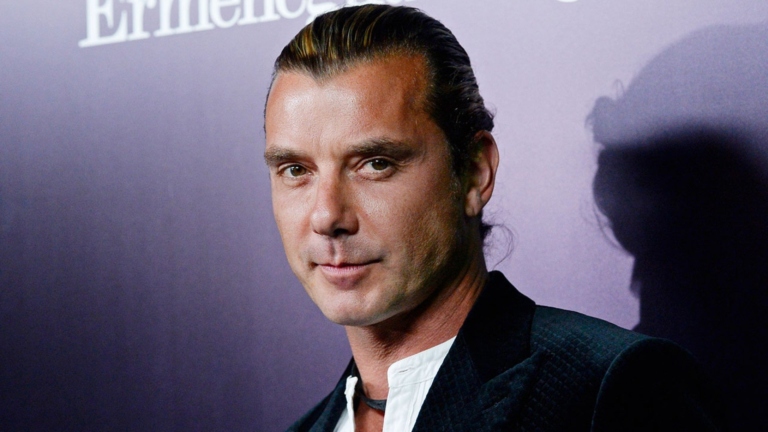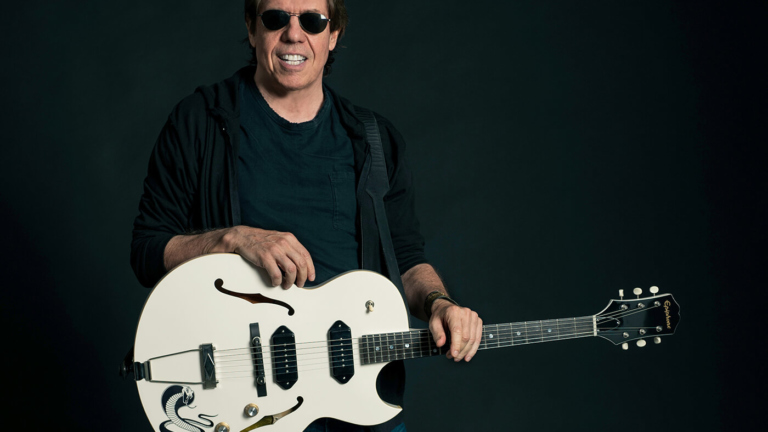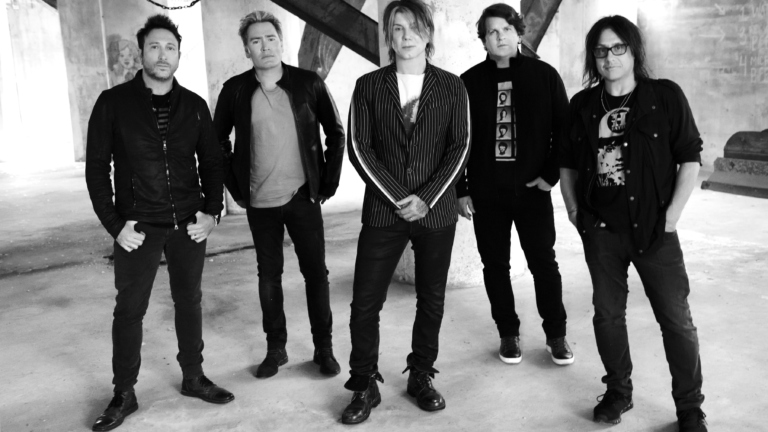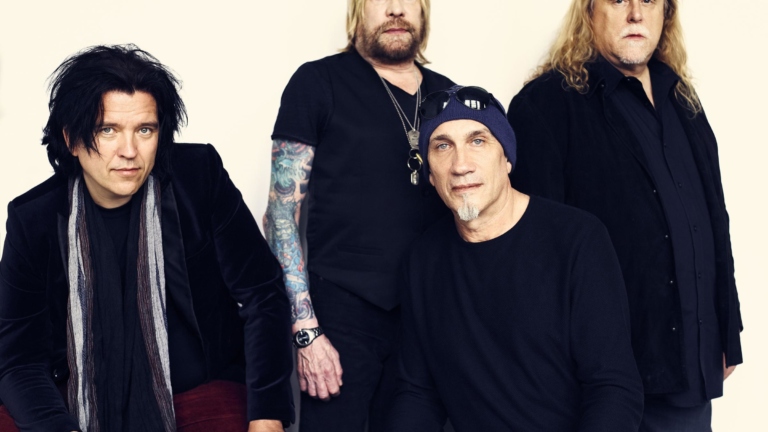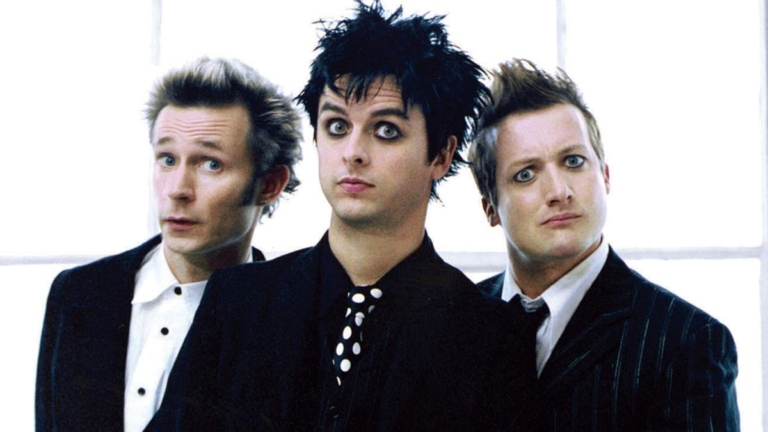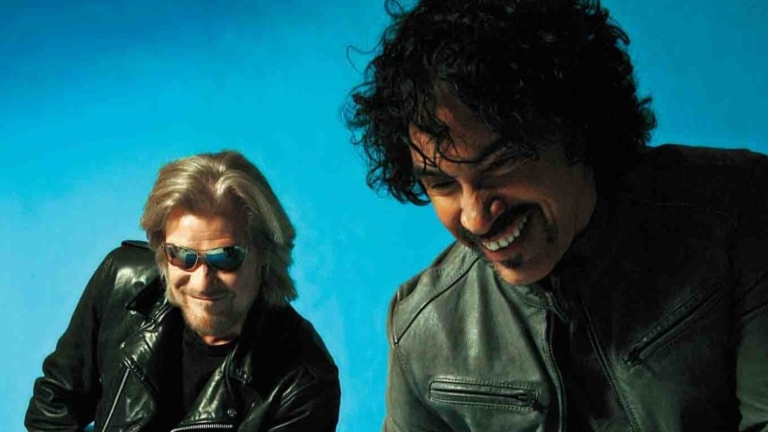About
The enduring, hard-touring, and self-caricaturing rock group Cheap Trick worked its way up to platinum sales with a blend of Beatles-style pop, hard rock chops, and a cartoonish stage act, which played Rick Nielsen’s exaggerated mugging and guitar gymnastics against Robin Zander’s teen-idol looks and rich, powerful voice.
In 1961 Nielsen, then in his teens, began playing locally in Rockford, Illinois, utilizing his ever-increasing collection of rare and valuable guitars. His band, the Phaetons, became the Boyz, then the Grim Reapers, and finally Fuse in 1967 with the addition of bassist Tom Petersson. One album for Epic in 1968 was generally ignored. Frustrated, Fuse, which by then included college dropout Bun E. Carlos on drums, moved to Philadelphia in 1971. As Sick Man of Europe, they enlisted ex-Nazz vocalist Robert “Stewkey” Antoni, but the group soon disbanded. After a year in Europe, Nielsen and Petersson returned to Rockford, reunited with Carlos, and a few months later asked folkie vocalist Zander to join the group they named Cheap Trick. Midwestern booking agent Ken Adamany, who had played in one of Steve Miller’s high school bands, became their manager. Adamany encouraged them to develop their stage show, and Cheap Trick toured incessantly over the next several years, playing an average of 250 shows a year, opening for Kiss, the Kinks, Santana, Boston, and others.
Cheap Trick’s early releases were only moderately successful in the U.S.; its 1977 debut sold 150,000 copies, while In Color and Heaven Tonight failed to crack the Top 40. In Japan, however, all three had gone gold, and the group’s initial tour there in early 1978 met with hysteria reminiscent of Beatlemania. During that visit Cheap Trick recorded At Budokan, which went triple platinum in the States largely on the strength of their single “I Want You to Want Me” (Number Seven, 1979), a song that had originally appeared on In Color.
By the timeDream Police (Number Six) was released in fall 1979, the band was headlining arenas and stadiums. All Shook Up (1980), produced by George Martin, went gold in late 1980 but was considered a disappointment, producing no Top 40 singles. The band contributed “Everything Works If You Let It” (Number 44, 1980) to the Roadie< soundtrack that year, and Nielsen and Carlos played on John Lennon and Yoko Ono’s recording sessions for Double Fantasy. (They appear on The Lost Lennon Tapes and “I’m Losing You.”)
As the 1980s dawned, the group’s activities slowed considerably. In 1981 Epic rejected an LP, and after a flurry of lawsuits and countersuits, Cheap Trick began recording One on One. Petersson departed in 1980 to form a group with his wife, Dagmar, as vocalist. He recorded an LP in 1982, but Epic refused to release it. Pete Comita replaced him, but was himself replaced by Jon Brant before the recording of One on One (Number 39, 1982), which included two minor hits, “If You Want My Love” (Number 45, 1982) and “She’s Tight” (Number 65, 1982), and eventually went gold.
Cheap Trick’s fortunes began to wane with the release of Next Position Please (Number 61, 1983), produced by Todd Rundgren. Neither it nor the group’s next two albums went gold, although 1985’s Standing on the Edge (Number 35) contained its strongest material since Heaven Tonight. 1986’s The Doctor failed to crack the Top 100, and the quartet’s future seemed in jeopardy.
Petersson rejoined in 1987, and in 1988 Lap of Luxury (Number 16) was a surprise hit. The hard-rock ballad “The Flame” gave the group its first Number One single, a version of “Don’t Be Cruel” (Number Four) became the first Elvis Presley cover to hit the Top Ten since the singer’s death, and “Ghost Town” reached Number 33. Just as inexplicably, the band’s next album, Busted (Number 48, 1990), stiffed. “Can’t Stop Fallin’ Into Love” (Number 12) did go Top 20. Aside from a solo album from Zander, and a duet he recorded with Heart’s Ann Wilson, “Surrender to Me” (Number Six, 1988), Cheap Trick maintained a low profile until 1994’s Woke Up With a Monster (Number 123, 1994), its first and only album for Warner Bros. In 1996 Epic/Legacy anthologized the band’s music with a four-CD box set, Sex America Cheap Trick.
Cheap Trick was hardly finished. The band enjoyed yet another triumphant return, in 1997, when it went back to the basics, releasing its 14th album of new material on the indie label Red Ant. Cheap Trick staged a series of club gigs that year in which the band performed each of its first three albums from start to finish on three consecutive evenings. Music for Hangovers is a live album compiled from the series. By the end of the millennium Cheap Trick was still performing more than 200 shows a year. In 2000 Petersson collaborated on an album with Ken Coomer of Wilco and Robert Reynolds of the Mavericks. Swag (the band’s name as well) was released in conjunction with a brief tour by Swag in 2001.
In 2001, the band released Silver, a live album recorded during a 1999 25th-anniversary show in Rockford, Illinois; it was followed by two studio albums, Special One (Number 128, 2003) and Rockford (Number 101, 2006) for newly established independent label Big 3 Records. In November 2006, “Surrender” appeared in the best-selling Guitar Hero II video game, and Cheap Trick’s “Baby Muggles” is the theme music for Comedy Central’s The Colbert Report. Through the fall of 2008 Cheap Trick toured nationally with Heart and Journey and finished out the year playing in Australia with Def Leppard.

